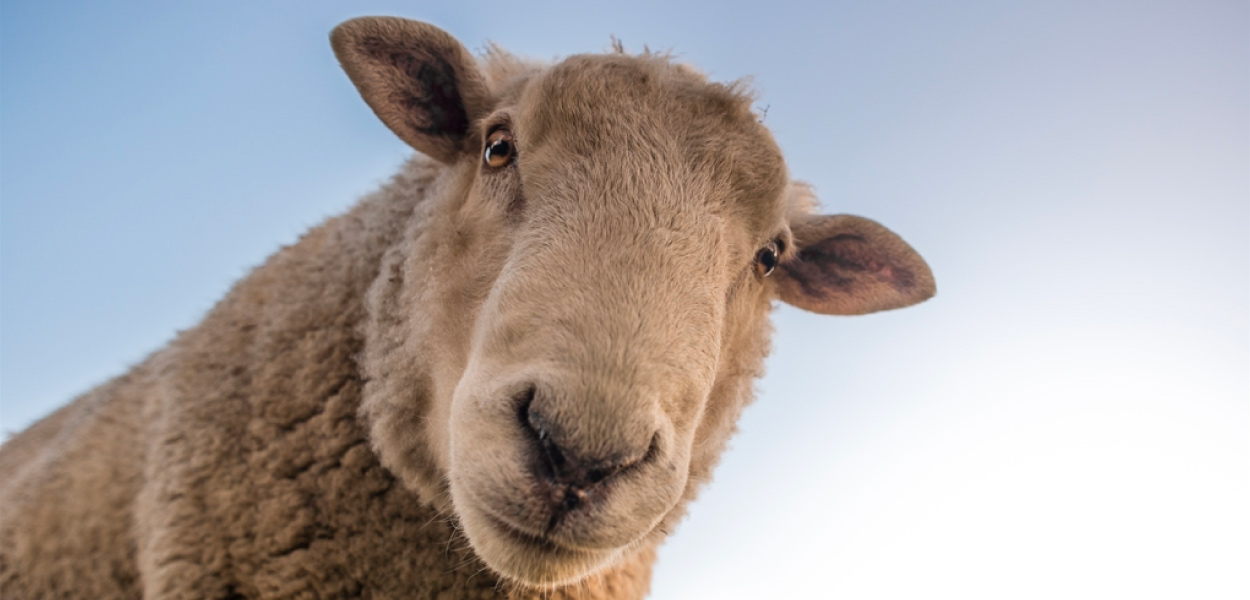Michael Goodisman, Associate Professor in Georgia Tech’s School of Biological Sciences

Whoever thought a sheep could become famous? But that’s what happened in 1996 when Dolly, a female domestic sheep, became the first successful case of the reproductive cloning of a mammal. Dolly was created using somatic cell nuclear transfer (SCNT), a technique that combines an egg cell, genetic material removed, with the nucleus from another donor’s somatic (or body) cells, such as skin or fat cells. Once combined, the egg cell will begin to divide and is capable of producing an adult organism containing genetic information identical to the original.
In 2018, researchers in China would go on to produce identical clones of a primate species—two macaque monkeys. While cloning techniques have gotten better, they are not perfect and they are not used on humans. But it is unclear where this will lead. As Goodisman teaches in his bioethics course, there’s not always a clear answer. “The arguments get complicated,” he says.
“This technology means every cell we have is potential life,” Goodisman says. “You can take my skin cell, pull out the genetic material from it, put it into an egg cell, and off you go. Does that mean I’m made up of a trillion potential people? That’s strange to think about.”

